South Africa must play on Rishabh Pant’s emotions if they’re smart: Boucher — what it means for the IND vs SA Tests
Former South Africa wicketkeeper Mark Boucher didn’t mince words when discussing how the Proteas should approach one of India’s most explosive players. “If they are smart, they play on his emotions a bit,” Boucher said, offering tactical — and psychological — advice ahead of the two-match Test series that kicked off at Eden Gardens. This is more than a soundbite: it underlines how teams now plan to combine skill with mind games when facing match-altering talents like Rishabh Pant.
Why Boucher singled out Rishabh Pant
Rishabh Pant is widely recognised as a game-changer. In a matter of hours he can turn a tense Test into a dominant one with aggressive strokeplay and fearless shot selection. That unpredictability makes him a nightmare for opposition captains and bowlers who prefer long, attritional contests.
Boucher’s point is simple: if a batter’s temperament is a major weapon, the opposition can try to blunt it by forcing frustration, impatience or over-commitment. Against someone who thrives on counter-attacking, making them wait or denying easy scoring opportunities can tilt the contest away from explosive moments and toward controlled cricket.
The psychology of “playing on emotions”
Playing on emotions isn’t about unsporting behaviour. It’s about structure: tight fielding, dry lines that frustrate scoring, clever field placements to cut off his favourite shots, and bowlers who maintain relentless discipline. Mental pressure can lead to rash strokes from players who instinctively want to dominate.
For Rishabh Pant, who mixes aggression with genuine improvisation, the plan is straightforward: reduce his scoring options, make him take risks, and reward the bowler who forces the mistake. Boucher’s advice is rooted in the old cricketing truth — if you can’t stop the talent, stop the rhythm.
Where Rishabh Pant stands right now: fitness and form
Pant’s return to Test cricket has been carefully managed. He sustained a fractured toe during the Manchester Test against England in July, an injury that kept him out for several months. Since then, he has worked through rehab, played red-ball matches for India A, and been included back into India’s Test squad for the South Africa series. Officials and media reports confirm his selection and that he’s fit to resume wicketkeeping duties.
That timeline matters. Coming back after a foot or toe injury affects balance, footwork and confidence at the crease — all crucial for a player whose game is built on quick, often daring footwork and split-second decision-making. The management’s approach — giving Pant game time with India A and then gradual exposure in the Test XI — shows they are trying to protect both his body and his mindset.
Tactical ways South Africa could “play on” Pant
Here are practical, fair ways the Proteas might aim to frustrate and unsettle Pant without crossing the line of sportsmanship:
1. Bowl disciplined lines and lengths
Persist with a plan that doesn’t present loose scoring opportunities. Bowlers who avoid bowling on his preferred hitting zones and stick to a consistent channel can force Pant to manufacture runs, increasing the chance of error.
2. Use attacking field settings selectively
A field that tempts risk — for example, a ring of close fielders early on or no easy singles on the off side — may push Pant to play across the line or loft against the spin, inviting catches in the deep.
3. Vary pace and angle
Mixing subtle pace changes, hitting yorker lengths or wide angles that deny his typical pick-up shots can break his rhythm. Bowlers who adjust their plan quickly will make him uncomfortable and impatient.
4. Target his footwork with short-ball and cutters
Short-ball work and well-disguised cutters, when used sparingly and intelligently, can test his balance and decision-making — especially if he’s still regaining full confidence after injury.
5. Back your wicketkeeper and bowlers with sharp catching and tight fielding
Frustration is magnified when pressure isn’t released by dropped catches or misfields. Sharp fielding makes small moments count, turning dot balls into psychological pressure.
What India’s camp should be mindful of
India will know Boucher’s comments are public — that itself is a factor. Teams often use public statements to prepare their players mentally, and India’s management will want to protect Pant from overthinking the narrative.
Key measures India may use:
- Clear, calm communication with Pant about his role and boundaries.
- Managing his workload — e.g., being flexible with wicketkeeping or batting positions if needed.
- Support systems in the dressing room to handle sledging or pressure situations.
- Tactical backups (Dhruv Jurel and others) ready in case physical issues appear again.
Balancing aggression and caution: what fans should expect
Fans of Rishabh Pant expect fireworks, but they should also understand the fine line between controlled aggression and reckless play. Against a team like South Africa — the reigning World Test champions at the time of this series — contests are won by small margins. Both sides will be looking to extract the faintest advantage: SA through discipline and planned frustration, India through calculated aggression and protecting their match-winner.
If Pant plays to his strengths — timing his aggression, picking his moments, and keeping his body fresh — he remains a huge asset. If the Proteas successfully limit his rhythm, the series could hinge on whose plan holds up longer.
Final take: cricket’s mental chessboard
Mark Boucher’s advice is a reminder that Test cricket is a mental as well as a physical battle. Rishabh Pant’s capacity to change games is unquestioned, and opposing teams will look for smart, ethical ways to blunt that threat.
For neutral fans, the intriguing subplot is not just whether Pant scores runs, but whether South Africa can convert tactical intent into consistent pressure — and whether India can shield their match-winner from the psychological squeeze. Either way, cricket wins: the tug-of-war between boldness and restraint makes for compelling Test match theatre.
Also Read: Jasprit Bumrah’s “Bauna” Remark Sparks DRS Controversy!





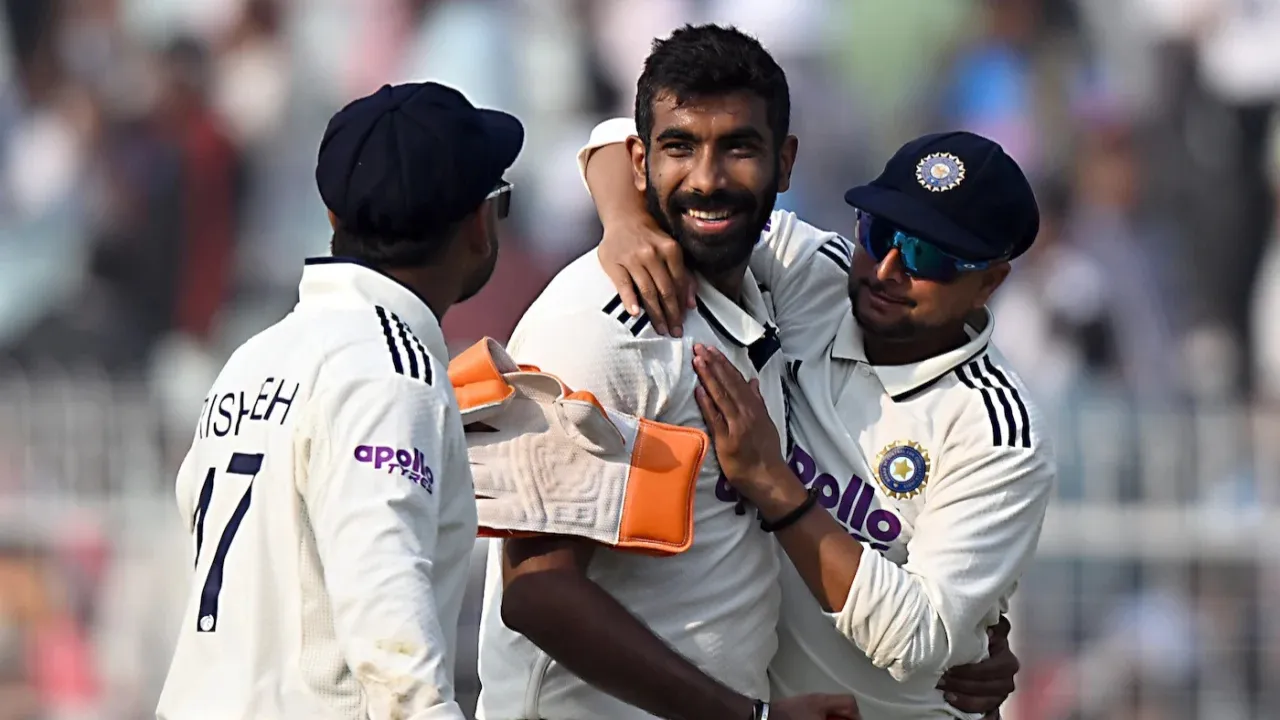










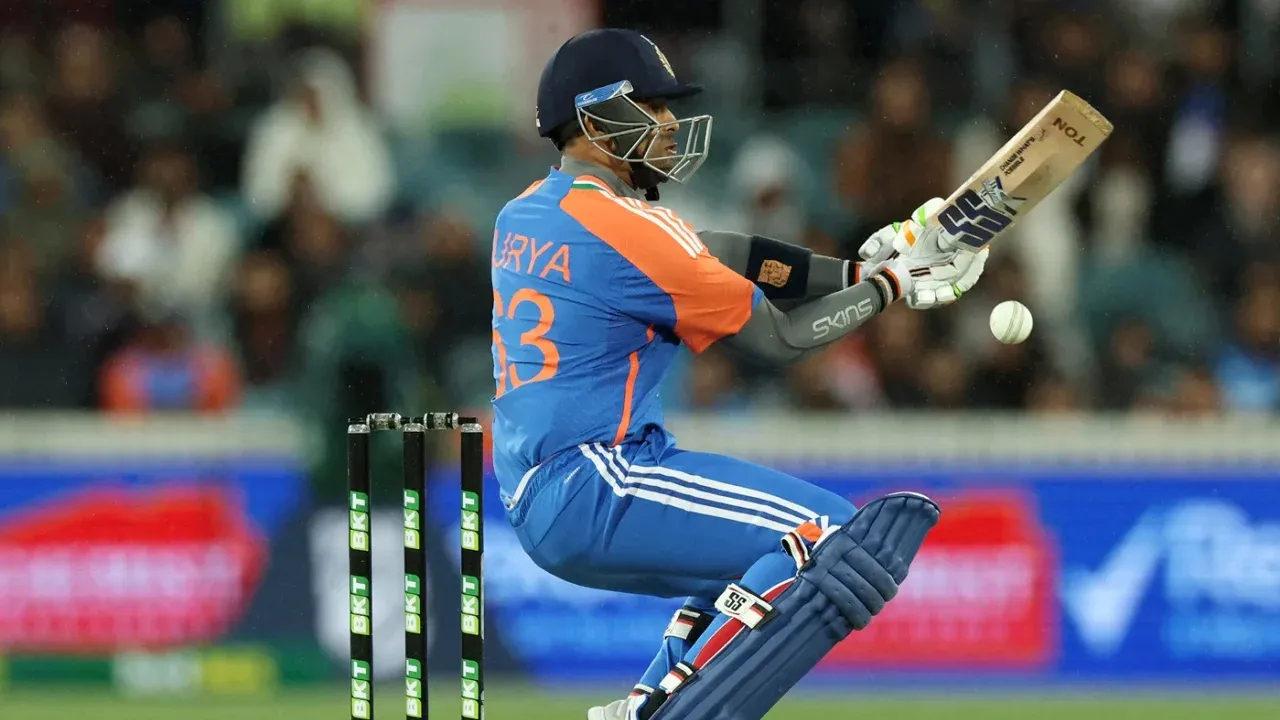


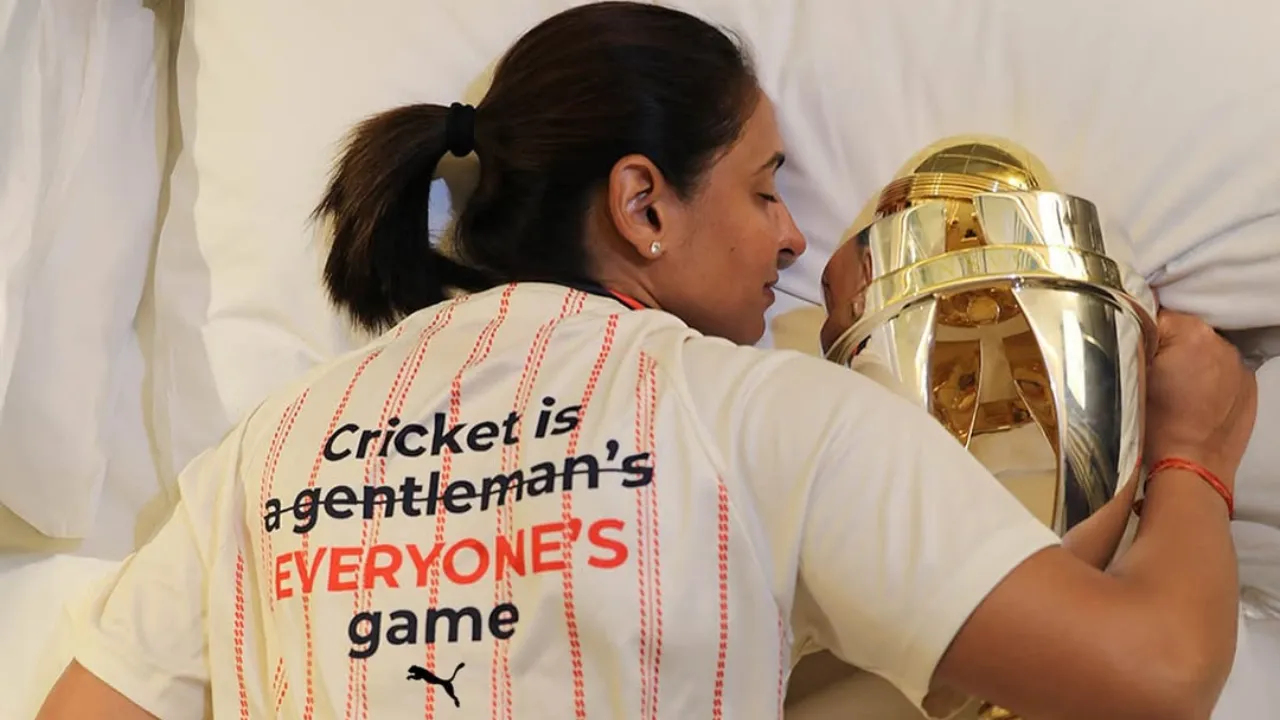

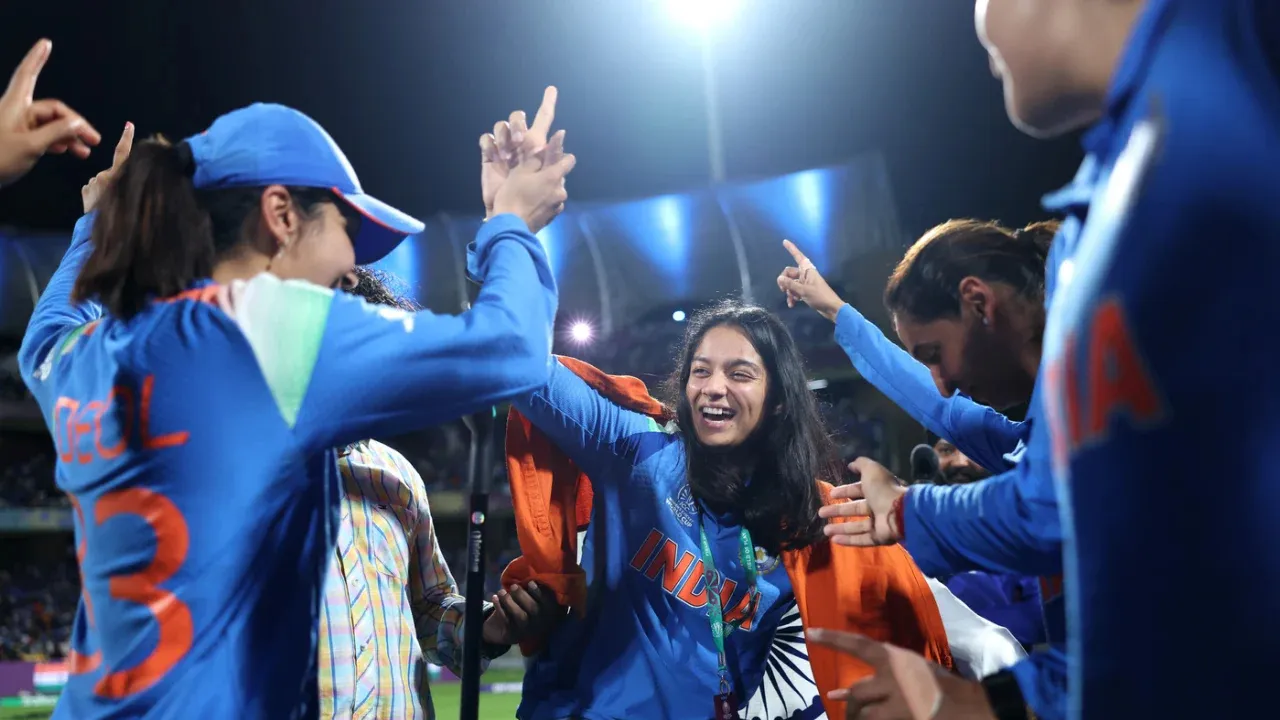
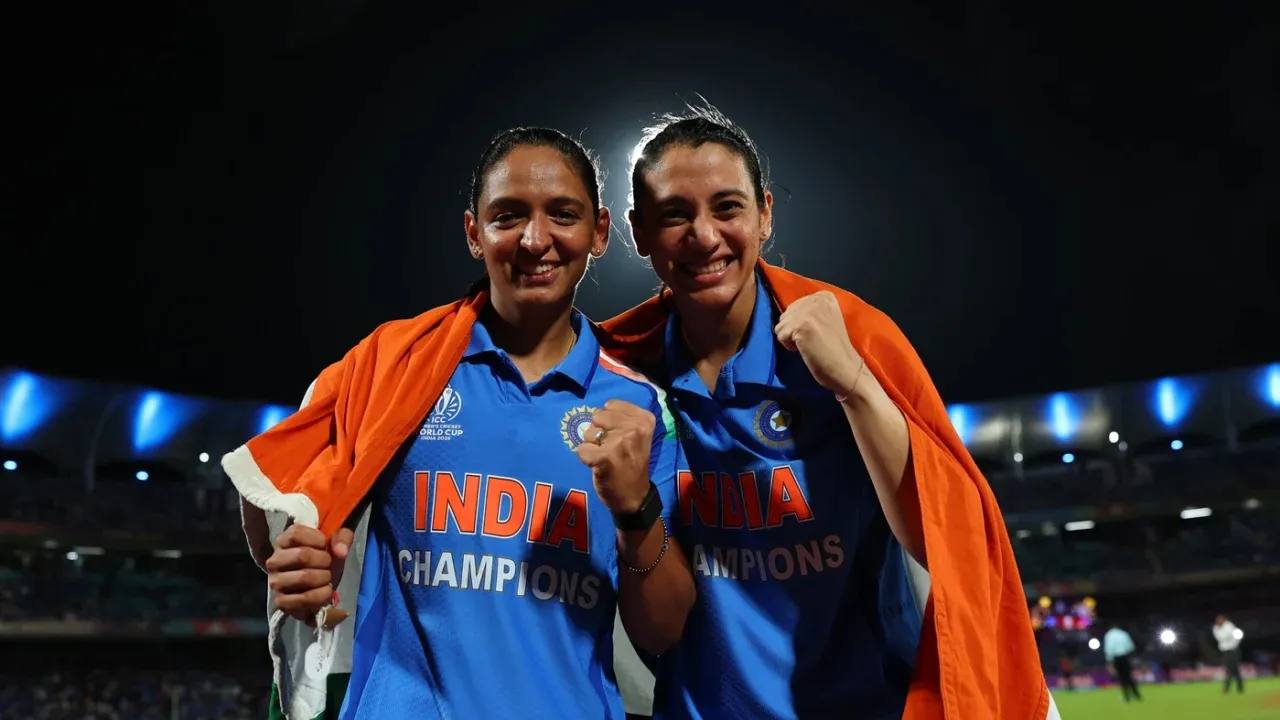


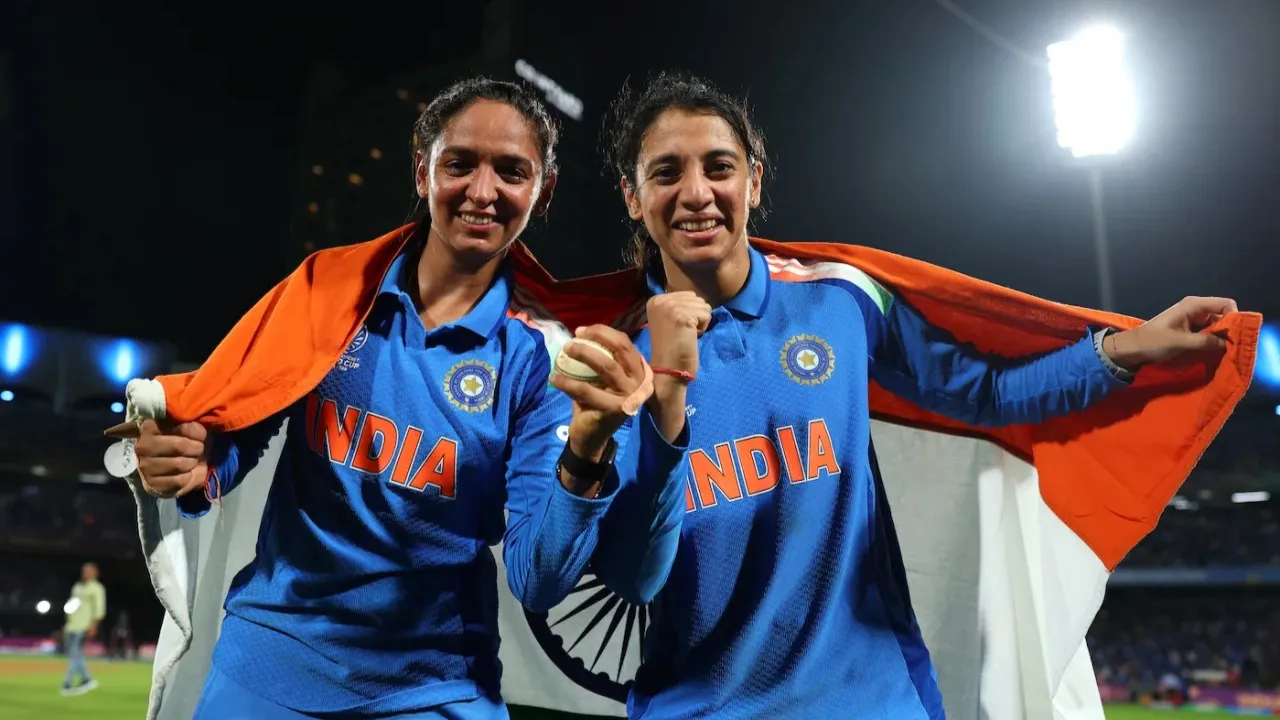

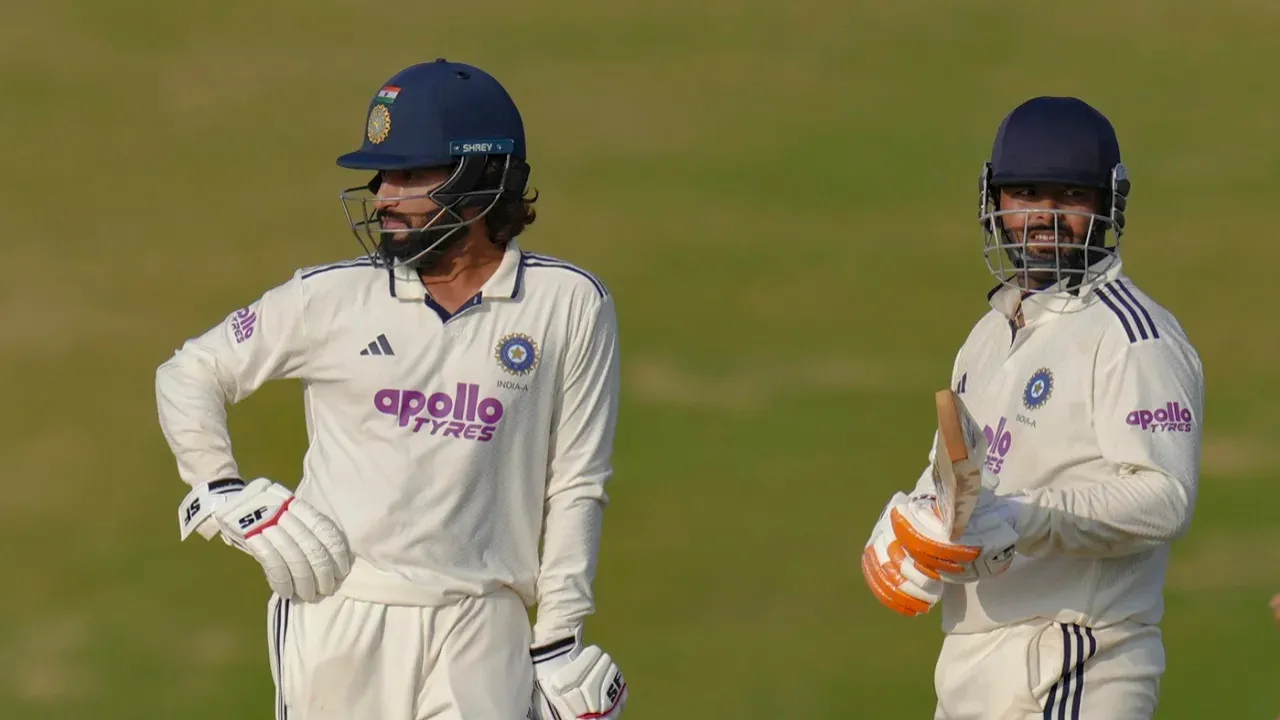
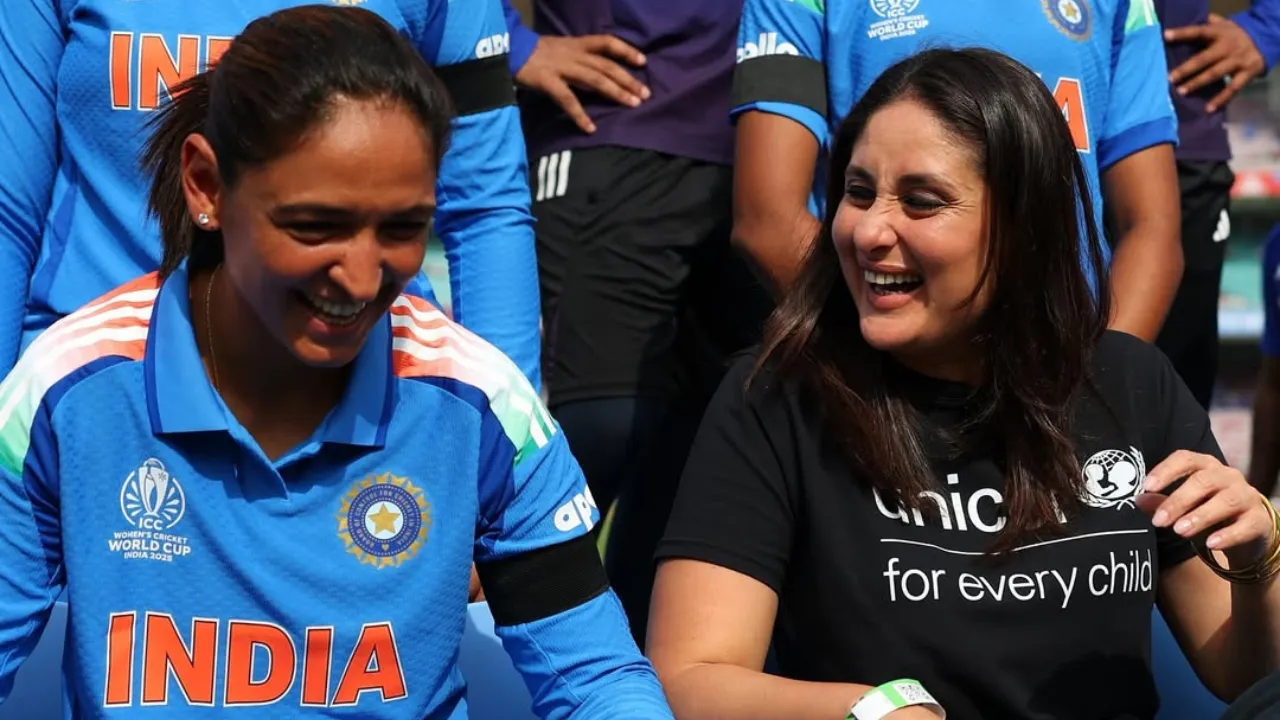
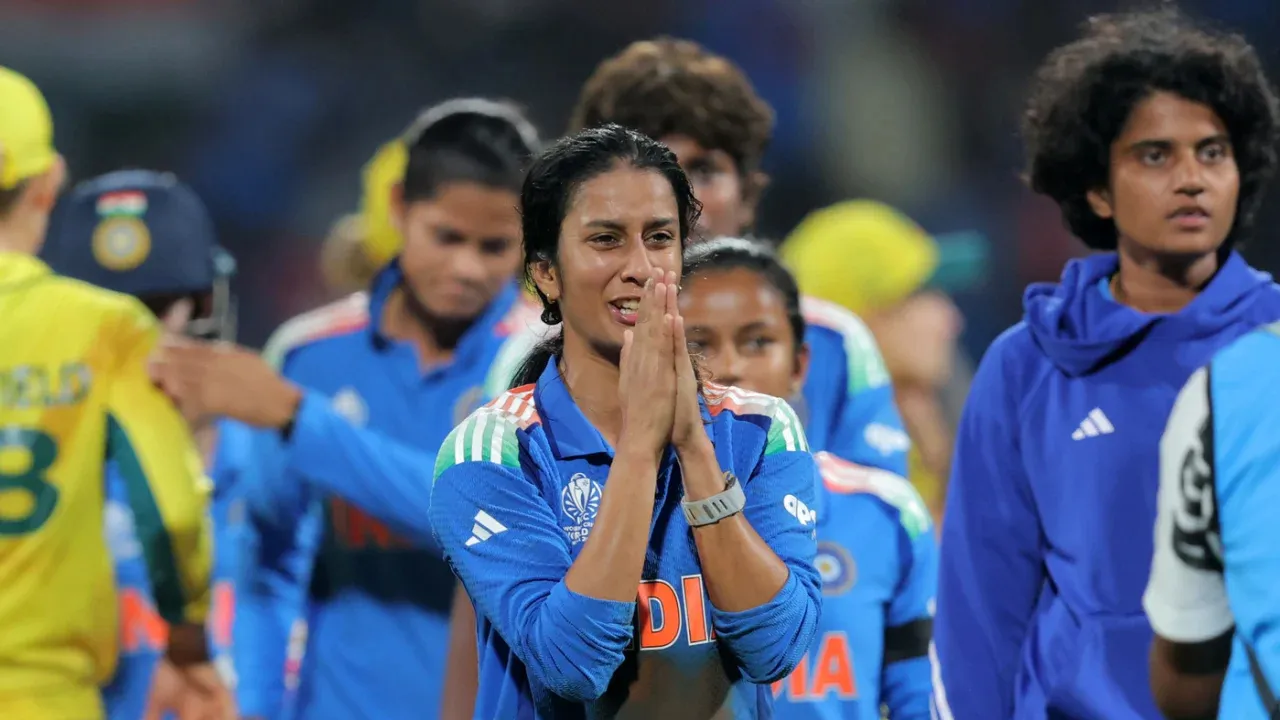







“You can’t do that after 10 balls”: Kumble slams Rishabh Pant’s dismissal